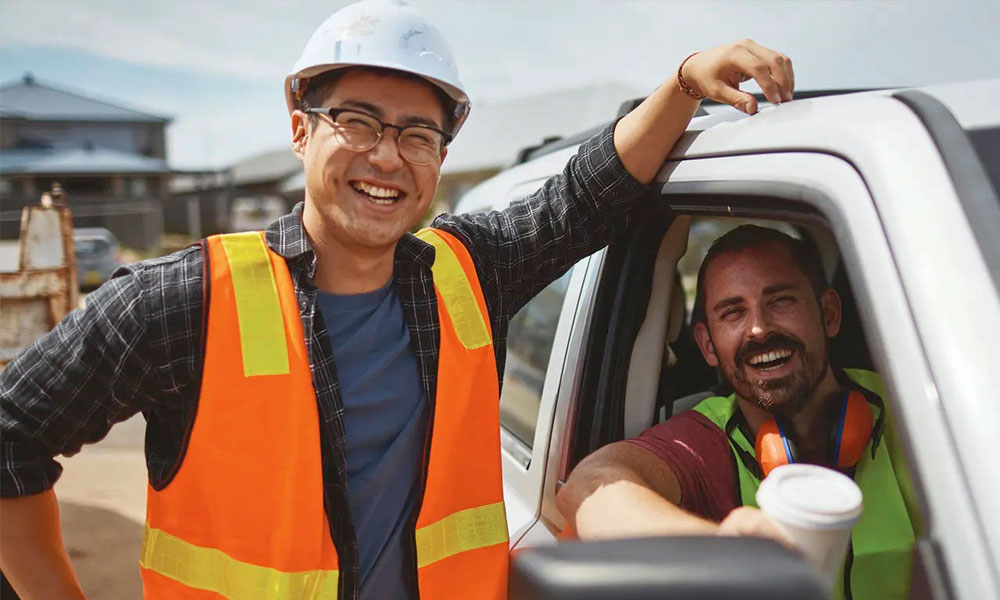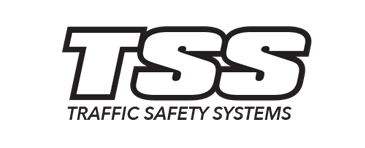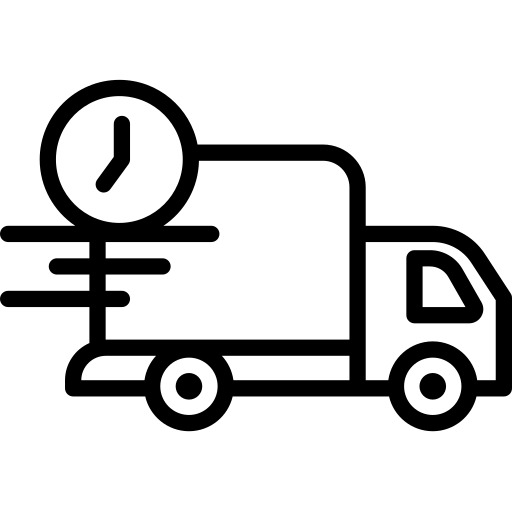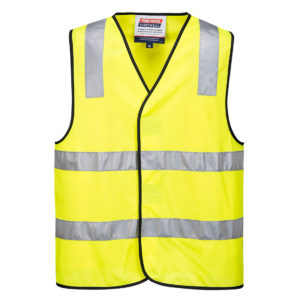
The Hi-Vis Safety Vest Buying Guide
The purpose of a safety vest is to ensure the wearer can be seen, and will stand out against backgrounds of machinery, heavy equipment, materials, and vehicles.
Safety vests should be highly visible during the day, in low light, and at night-time. Vests should be made from high visibility (hi-vis) fluorescent material and will generally include reflective strips that provide extra visibility.
What type of Safety Vest should I buy?
The Australian Standard AS/NZS 4602.1.2011 covers three types of garments: daytime wear, night-time wear and those which can be worn both day and night.
The definitive materials in Australian Standard AS/NZS 1906.4:2010 approved safety vests are fluorescent materials, injected with dye or pigment to increase the amount of light and colour reflected from its surface, and retroreflective material that reflects all light from its surface back along the path of the incoming light beam.
The garments specified in these standards are classified as:
- Class D— a garment designed for outdoor daytime use only, comprising fluorescent or other non-retroreflective high visibility material. These garments are never to be worn for visibility purposes at night.
- Class N— a garment designed for night-time use only, comprising retroreflective elements on an unspecified background.
- Class D/N— a garment designed for both day and night use, comprising retroreflective elements on a fluorescent or other non-retroreflective high visibility background material.
- Class F– a garment designed for outdoor daytime use only, comprising daytime fluorescent materials.
- Class NF– a non-fluorescent garment that is made from natural fibres and is incapable from retaining a fluorescent colour.
- Class R– a garment which is made from retroreflective materials.
- Class RF– a garment which is made from retroreflective and fluorescent materials.
Styles of Safety Vests.
Along with adhering to Australian Standard guidelines for appropriate workplace hi-vis vests, other additional factors must also be considered. Lightweight, mesh, or specifically designed cooling or evaporative vests, may be required for working in warm environments. While an insulated, polar-fleece lined, hi-vis reflective jacket or vest should be considered for working outdoors in cold weather or in refrigerated work zones.
While both hi-vis orange and yellow safety vests are predominantly used in the workplace safety field, and fall within Australian Standards, other colour variations like red, white, grey, lime green and fluorescent pink are also available for specific uses. (e.g., pink vests for Breast Cancer Foundation events and white vests for on field sports physios and trainers).
Printed Hi-Vis Safety Vests.
Often a worker’s job title, or assigned workplace role, is printed on their safety vest. This helps both employees, and visitors to the workplace, to quickly identify who they can seek general assistance from or who they should navigate towards in an emergency.
The Traffic Safety Systems range of labelled vests include:
Security
First Aid
Staff
Traffic Controller
Visitor
Custom variations are also readily available if your required title is not listed.
In the same way safety boots, protective gloves, safety eyewear and hard hats are all part of the Personal Protective Equipment (PPE) family, so too are Safety Vests. The best way to deflect danger is to ensure all employees, especially those in industrial and heavy-traffic vehicle workplaces, remain as visible as possible.





